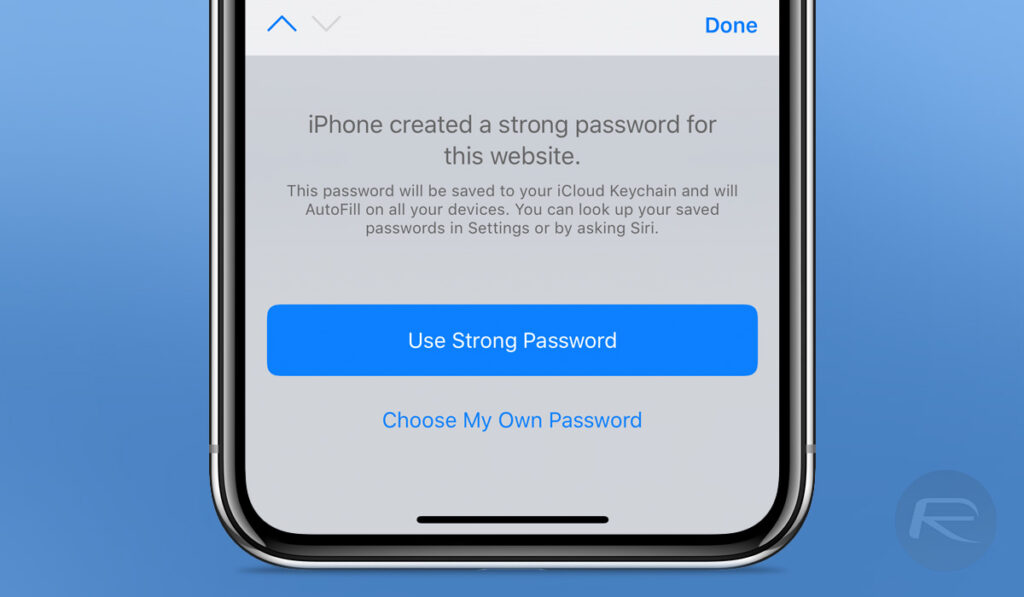Passwords have long been the cornerstone of digital security, but their time in the spotlight might be coming to an end. With the rise of sophisticated cyberattacks and the growing complexity of password management, experts are predicting a shift towards more advanced authentication methods.
According to Private Internet Access (PIA), the future of authentication could very well be passwordless.

The Problem with Passwords
For decades, passwords have been the primary method of securing online accounts and personal information. However, they come with significant vulnerabilities. Weak passwords, password reuse, and phishing attacks have made it easier than ever for cybercriminals to gain unauthorized access to sensitive data. Despite efforts to educate users about creating strong passwords, the average individual still struggles to remember and manage multiple, complex credentials. This inefficiency has driven the need for more secure and user-friendly alternatives.
The rise of password managers has offered a temporary solution, helping users securely store and generate strong passwords. However, these tools don’t address the fundamental flaws of password-based authentication. As revealed by Private Internet Access (PIA), the real solution lies in eliminating passwords altogether.
Emerging Alternatives to Passwords
Several cutting-edge technologies are paving the way for a passwordless future. These include:
Biometric Authentication
Fingerprint scanners, facial recognition, and even iris scanning are becoming increasingly common. Biometrics offer a unique and secure way to verify identity, as they rely on physical characteristics that are difficult to replicate or steal. Apple’s Face ID and fingerprint sensors on smartphones are examples of how biometrics are already transforming authentication.
Multi-Factor Authentication (MFA)
While MFA isn’t entirely passwordless, it adds an extra layer of security by requiring users to verify their identity through additional factors, such as a code sent to their phone or a hardware security key. MFA is a significant step toward minimizing reliance on passwords.
Passkeys and Cryptographic Authentication
Passkeys, which use public-key cryptography, are gaining traction as a secure alternative to passwords. They allow users to log in by verifying their identity with a device or app, eliminating the need for memorizing complex credentials. Companies like Apple, Google and Microsoft are actively working to integrate passkeys into their authentication ecosystems.

Behavioral Biometrics
Behavioral biometrics analyze unique patterns in user behavior, such as typing speed, mouse movements, and navigation habits. These methods continuously authenticate users in the background, making unauthorized access significantly harder.
Benefits of a Passwordless Future
Moving away from passwords offers numerous advantages:
– Enhanced Security: Passwordless systems reduce the risk of phishing, brute force attacks, and credential leaks.
– Improved User Experience: Users no longer need to remember or manage multiple passwords, simplifying the login process.
– Scalability: Passwordless authentication is easier to implement across various platforms and devices.
Challenges to Overcome
While the benefits are clear, the transition to a passwordless future is not without challenges. Cost, technological compatibility, and user adoption are significant hurdles. For instance, implementing biometric systems requires specialized hardware, and educating users about new authentication methods is essential to ensure smooth adoption.

The Road Ahead
The end of passwords is not an overnight process, but the shift is inevitable. As businesses and developers prioritize security and usability, passwordless authentication will become the norm. The research revealed by PIA highlights the urgent need to embrace these innovations to protect against evolving cyber threats.
In conclusion, the era of passwords is drawing to a close, making way for more secure, efficient, and user-friendly methods of authentication. By leveraging biometrics, passkeys, and behavioral biometrics, the future promises a safer digital landscape for everyone.
You may also like to check out:
- iOS 18.2 Jailbreak Status Update On iPhone And iPad
- iOS 18 Hidden Features For iPhone And iPad [100+ List]
- Download: iOS 18.2 Final IPSW Links And OTA Update Released For iPhone
- How To Fix Bad iOS 18 Battery Life Drain On iPhone
- Fix iOS 18 WiFi: Keeps Dropping, Not Working, Disconnecting Or Slow? Here’s What To Do
You can follow us on X, or Instagram, subscribe to our YouTube channel and even like our Facebook page to keep yourself updated on all the latest from Microsoft, Google, Apple, and the Web.

